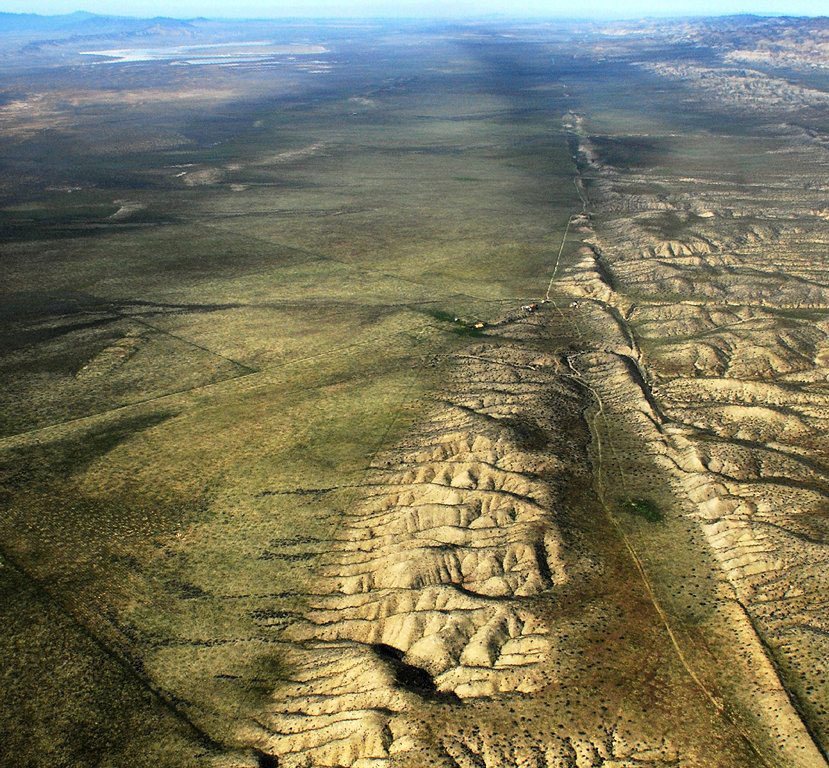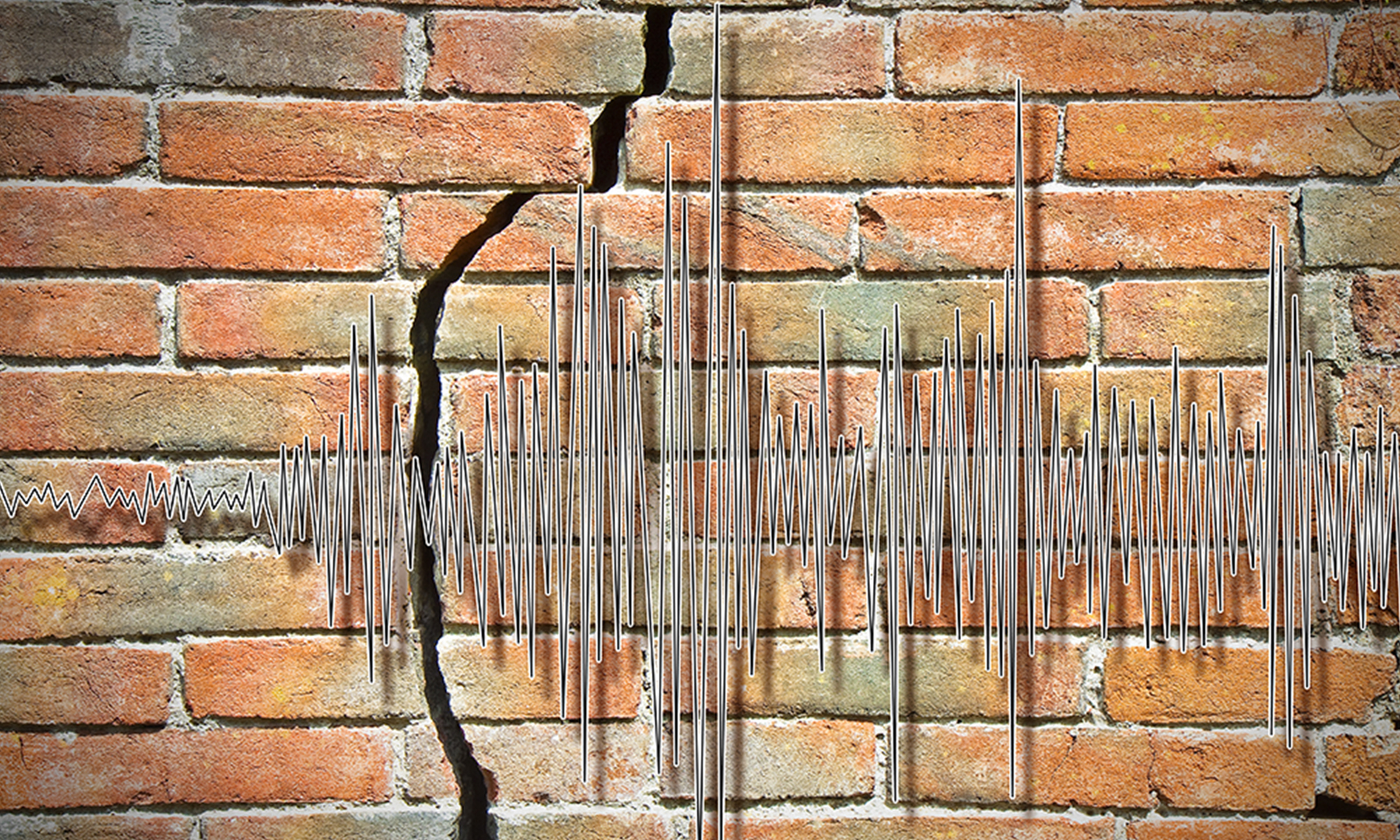Researchers at the Statewide California Earthquake Center, or SCEC, are unraveling the mysteries of earthquakes by using physics-based computational models running on high-performance computing systems at the Department of Energy’s Oak Ridge National Laboratory. The team’s findings will provide a better understanding of seismic hazards in the Golden State.
Tag: earthquake forecasting

Shaking Up Earthquake Studies by Increasing Access to Data, Tools and Research Results
Earthquake rupture forecast studies provide information about the probabilities of when earthquakes will occur, where they’ll take place and how strong they’ll be, but the computational tools and data aren’t available to a wide scientific community. That’s about to change.
UTEP to Lead New Earthquake Center with Support from National Science Foundation
A $500,000 grant from the National Science Foundation will spur The University of Texas at El Paso’s efforts to help underserved communities across the nation become more resilient to earthquakes.

AI predicts physics of future fault-slip in laboratory earthquakes
An artificial-intelligence approach borrowed from natural-language processing — much like language translation and autofill for text on your smart phone — can predict future fault friction and the next failure time with high resolution in laboratory earthquakes,. The technique, applying AI to the fault’s acoustic signals, advances previous work and goes beyond by predicting aspects of the future state of the fault’s physical system.